
In mid-October, the National Energy Board released a report, titled “Canada’s Renewable Power Landscape: Energy Market Analysis 2016,” noting Canada generates almost two-thirds of its electricity from renewable resources. Hydro is the dominant source of renewable electricity in the country, followed by wind, biomass and solar.
According to the NEB, hydro is the dominant source of electricity in Canada, accounting for 55 percent of total installed capacity and 58 percent of generation. Five provinces and territories generate the vast majority of their electricity from hydro. In British Columbia, the share of electricity production from hydro was at 96 percent in 2015, with 97 percent in Manitoba, 95 percent in Newfoundland and Labrador, and 94 percent in Yukon. The report also notes that four provinces and territories have more diverse electricity mixes, with generation from all sources of renewables at 34 percent in Ontario, 28 percent in New Brunswick, 24 percent in Nova Scotia and 38 percent in Northwest Territories. In addition, three providences and territories currently rely primarily on fossil fuel for electricity, including Alberta, Saskatchewan and Nanavut.
The report notes that a decade ago, wind, solar, biomass and other non-hydro renewables accounted for only 2 percent of total Canadian capacity. That share has grown to 11 percent of capacity and 7 percent of generation.
According to NEB, 11 percent of Canada’s greenhouse gas (GHG) emissions currently come from electricity production, compared to 30 percent in the U.S. Oil and gas production account for 26 percent of Canada’s GHG emissions, with transportation at 23 percent, buildings at 12 percent, emissions-intensive and trade exposed industry at 10 percent, agriculture at 10 percent and, waste and others at 7 percent.
Nationwide in Canada, biomass currently accounts for 2,397 MW of capacity and 13,107 GWh of generation, or approximately 2 percent capacity and generation. In 2015, biomass accounted for only 1,788 MW of capacity and 7,875 GWh of generation, or approximately 1 percent of capacity and generation. As of last year, hydro accounted for 55 percent of capacity and 58 percent of generation, with wind at 8 percent of capacity and 4 percent of generation, and solar at 1 percent of capacity and 0.5 percent of generation. Biomass resources are more common in British Columbia, Alberta, Ontario and Quebec.
In British Columbia, renewables account for 92 percent of capacity and 94 percent of generation, with biomass at 5 percent of capacity and 6 percent of generation. In Alberta, renewables account for 17 percent of capacity and 10 percent of generation, with biomass at 3 percent capacity and 3 percent generation. In Saskatchewan, renewables account for 25 percent of capacity and 17 percent of generation, with biomass at 5 percent of capacity and 3 percent of generation. In Manitoba, renewables account for 92 percent of capacity and 99.6 percent of generation, with biomass at 0.4 percent of capacity and 0.1 percent of generation. In Ontario, renewables account for 40 percent capacity and 34 percent generation, with biomass at 5 percent capacity and 2 percent generation. In Quebec, renewables account for 98 percent of capacity and 99.9 percent of generation, with biomass at 1 percent of capacity and 1 percent of generation. In New Brunswick, renewables account for 31 percent of capacity and 28 percent of generation, with biomass at 3 percent capacity and 4 percent generation. In Nova Scotia, renewables account for 32 percent of capacity and 24 percent of generation, with biomass at 4 percent of capacity and 6 percent of generation. In Newfoundland and Labrador, renewables accounts for 88 percent of capacity and 96 percent of generation, with biomass at 1 percent capacity and 0.4 percent generation. On Prince Edward Island, renewables account for 56 percent of capacity and 99 percent of generation, with biomass at 0.3 percent of capacity and 1 percent of generation. Biomass accounts for no capacity in Yukon, Northwest Territories, or Nunavut.
A full copy of the report can be downloaded on the NEB website.
Source: biomassmagazine.com

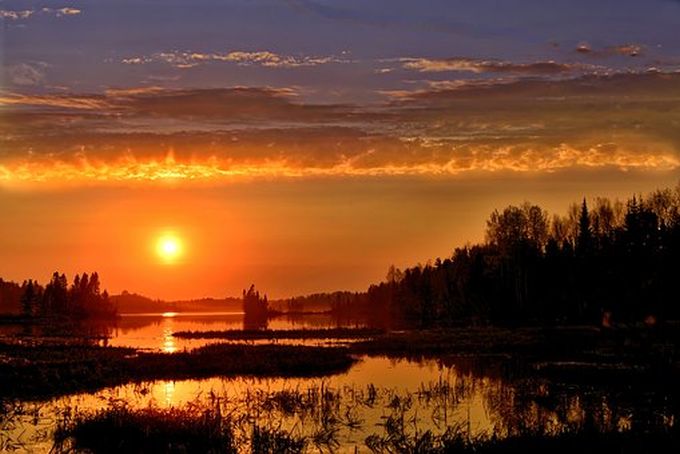

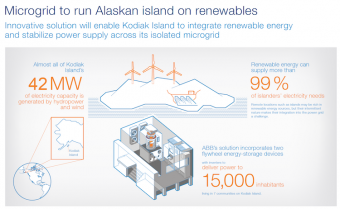 Low-carbon microgrids have assumed a place in the strategic agendas of some of the world’s largest power and industrial engineering corporations. That includes Swedish-Swiss ABB, whose roots in the now fast moving microgrid market segment date back some 25 to 30 years.
Low-carbon microgrids have assumed a place in the strategic agendas of some of the world’s largest power and industrial engineering corporations. That includes Swedish-Swiss ABB, whose roots in the now fast moving microgrid market segment date back some 25 to 30 years.

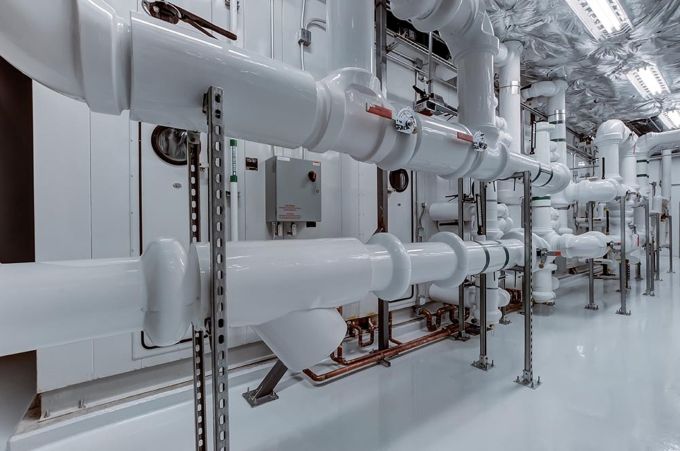

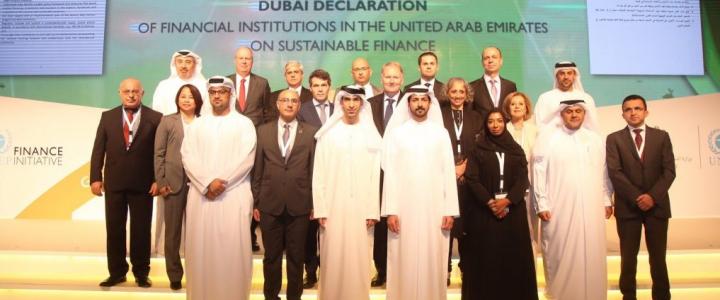
 H.E. Dr. Thani Ahmed Al Zeyoudi, Minister of Climate Change and Environment, inaugurated the UN Environment Program Finance Initiative’s 14th Global Roundtable event, hosted by the United Arab Emirates, represented by the Ministry of Climate Change and Environment and in collaboration with the UAE’s Central Bank, for the first time in the region on 25-26 October 2016 at the Grand Hyatt Hotel in Dubai.
H.E. Dr. Thani Ahmed Al Zeyoudi, Minister of Climate Change and Environment, inaugurated the UN Environment Program Finance Initiative’s 14th Global Roundtable event, hosted by the United Arab Emirates, represented by the Ministry of Climate Change and Environment and in collaboration with the UAE’s Central Bank, for the first time in the region on 25-26 October 2016 at the Grand Hyatt Hotel in Dubai.

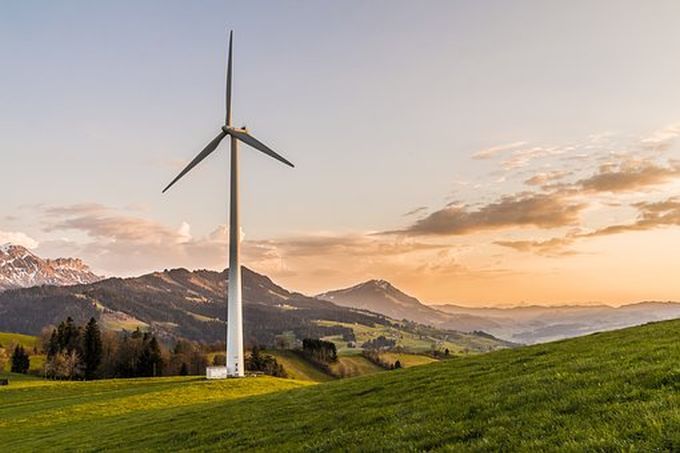

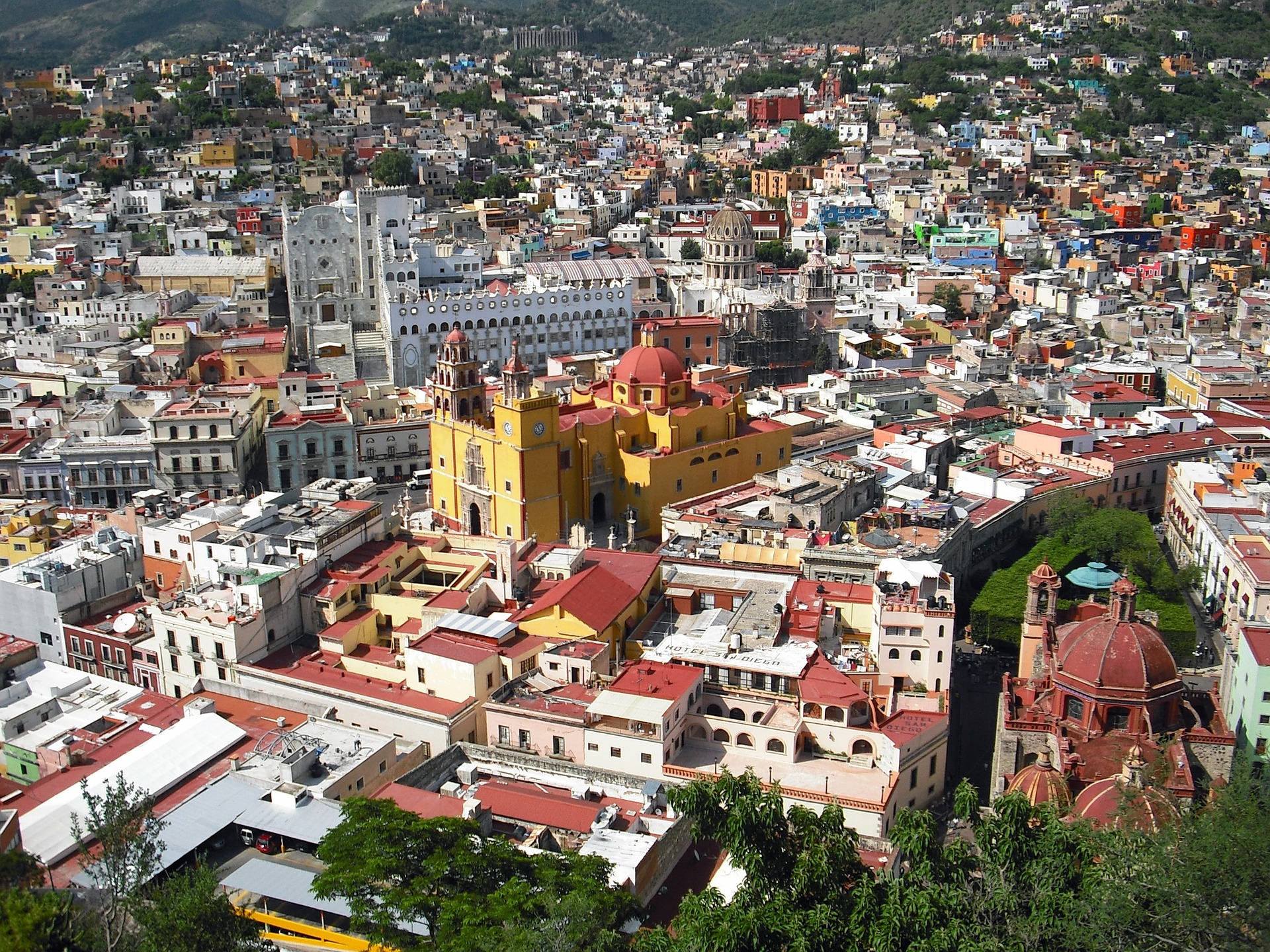


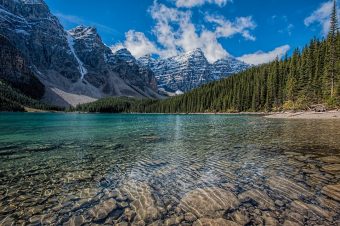




 The international community has ended the global housing conference in Quito with the ratification of common guidelines for sustainable urban development in the form of the “New Urban Agenda.” KfW attended many of the conference’s events and presented its activities in cities and worked with other attendees from around the world to find solutions for rapid urbanization.
The international community has ended the global housing conference in Quito with the ratification of common guidelines for sustainable urban development in the form of the “New Urban Agenda.” KfW attended many of the conference’s events and presented its activities in cities and worked with other attendees from around the world to find solutions for rapid urbanization.
 A Dispute Resolution and Negotiation Centre was established today by the Secretariat. Its launch comes as a response to signals that the settlement alternatives currently available for energy disputes no longer respond to the needs of national authorities and stakeholders, in particular small and medium enterprises and consumers.
A Dispute Resolution and Negotiation Centre was established today by the Secretariat. Its launch comes as a response to signals that the settlement alternatives currently available for energy disputes no longer respond to the needs of national authorities and stakeholders, in particular small and medium enterprises and consumers.




